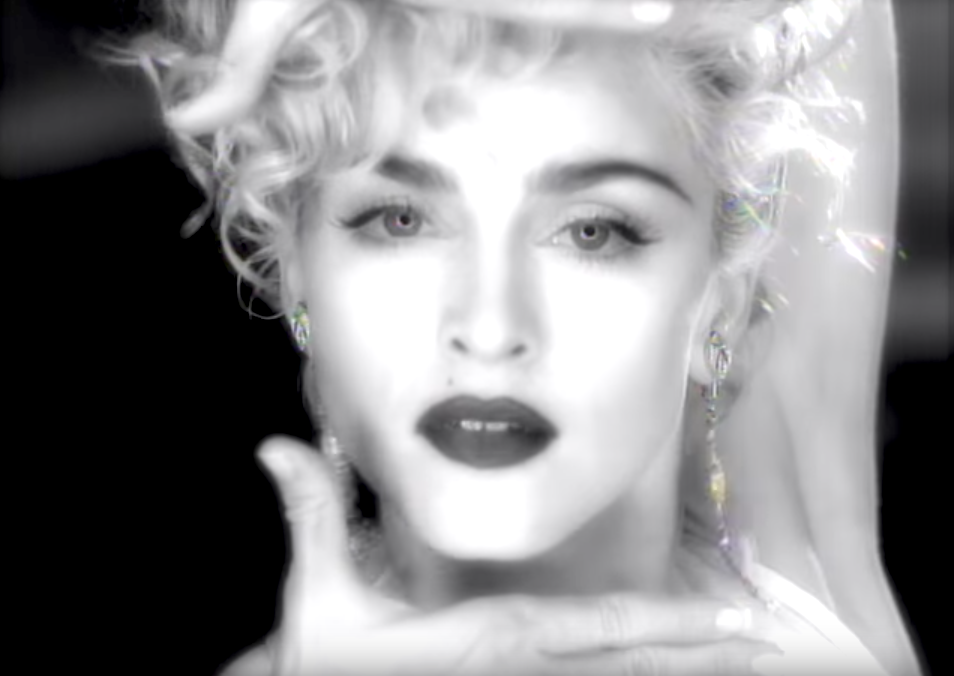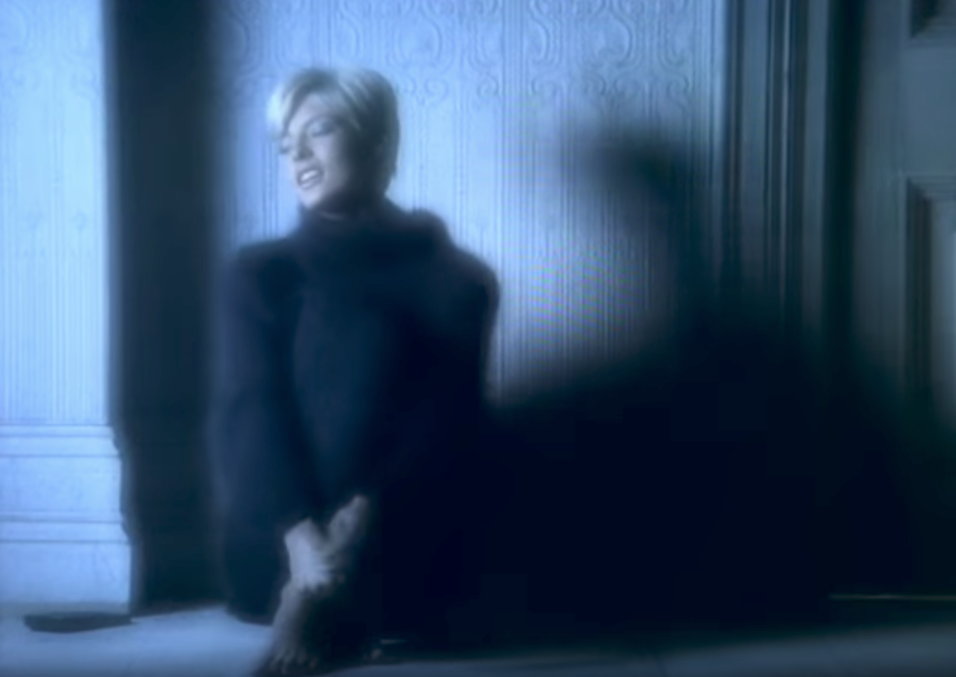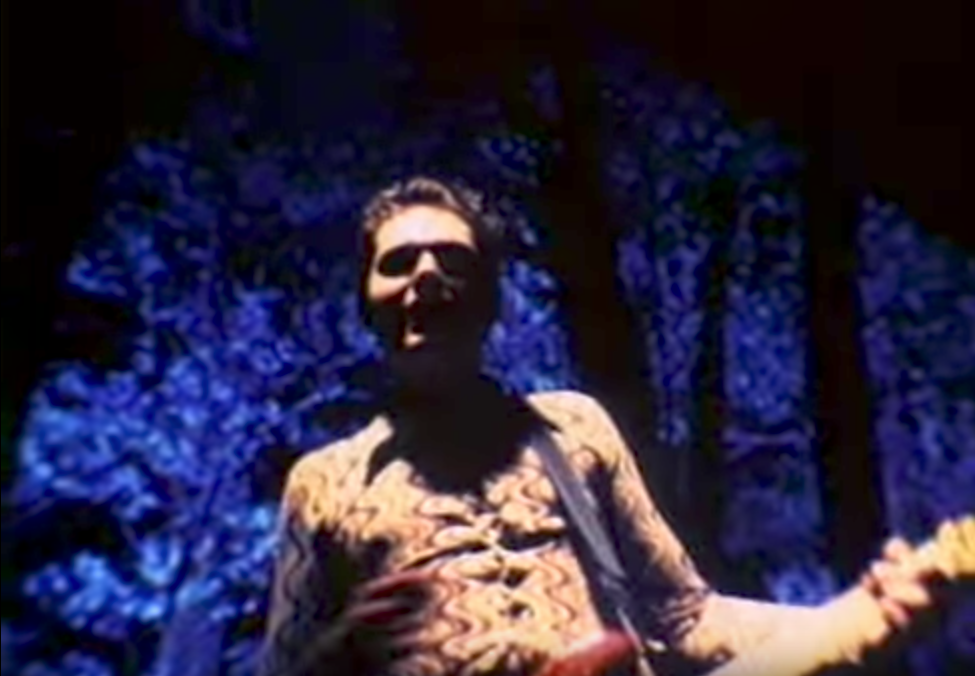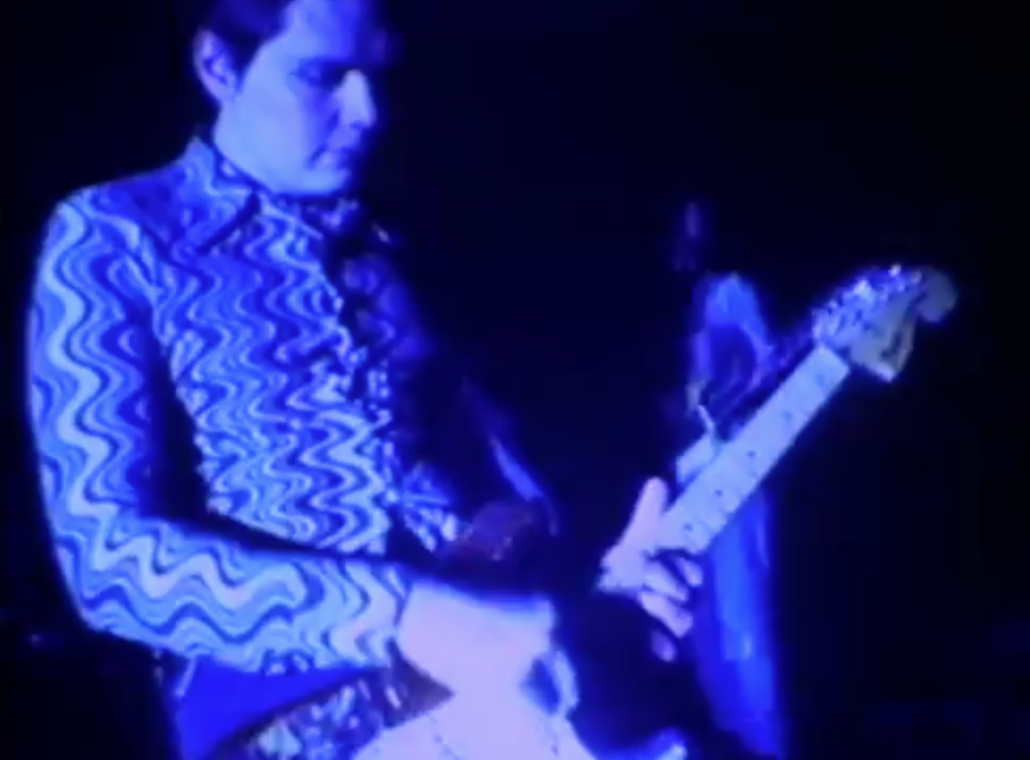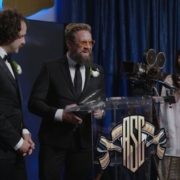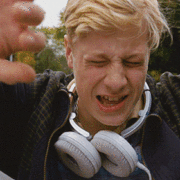Pushing Yourself as a Filmmaker with Musicbed
Back in April, Shane Hurlbut, ASC met with Musicbed at their NAB Show booth to have a 1-on-1 discussion. Musicbed has become such a powerful tool for filmmakers, musicians, and artists alike.
This is the 2nd half of the interview. If you haven’t seen Part 1, you can find it here.
Musicbed: So if I’m a commercial DP looking to get into features, what’s the best way to bridge the gap and get my foot in the door?
Shane Hurlbut, ASC: The best way to bridge gaps is short films. Short films and music videos, because if you can tell a story in 30 seconds, that’s great, but it’s not necessarily the narrative and the emotion and the story and the arc.
What I’ve always found is a lot of the commercial directors try to do those short films to be able to break into the narrative because they want to see how you’re directing actors, but in a 2 second cut in a commercial – there’s not a lot that can be conveyed. So having a short film or even a conceptual music video where there is a narrative storyline is great.
I mean, look at David Fincher. He came in from music videos and he’s probably one of the most talented directors on the planet right now. I worked on about 6 music videos with him and I shot a couple of Nike commercials with him. He is an amazing visual artist and a wonderful director and really understands emotion and terror and tenseness and putting you on edge. These are reasons that I think that a short film or music video is a great way to transition into the narrative.
MusicBed: Who were the most valuable people to make relationships with to get into features or even commercials. What would be a good strategy for that? Who do I need to reach out to, do I need to buy people a cup of coffee? Is there a strategy for the people you want to meet? Who are those roles that would be good to start to connect with?
Shane Hurlbut, ASC: I think from the visual side so much of you expanding as an artist is based on the people that you surround yourself with. If there’s somebody that I want to work with, I try to learn as much as I can about them. Then I actually do shots in the dark where I’ll shoot their agent an email and try to let my agent get in the door with them so that I can get myself in front of them.
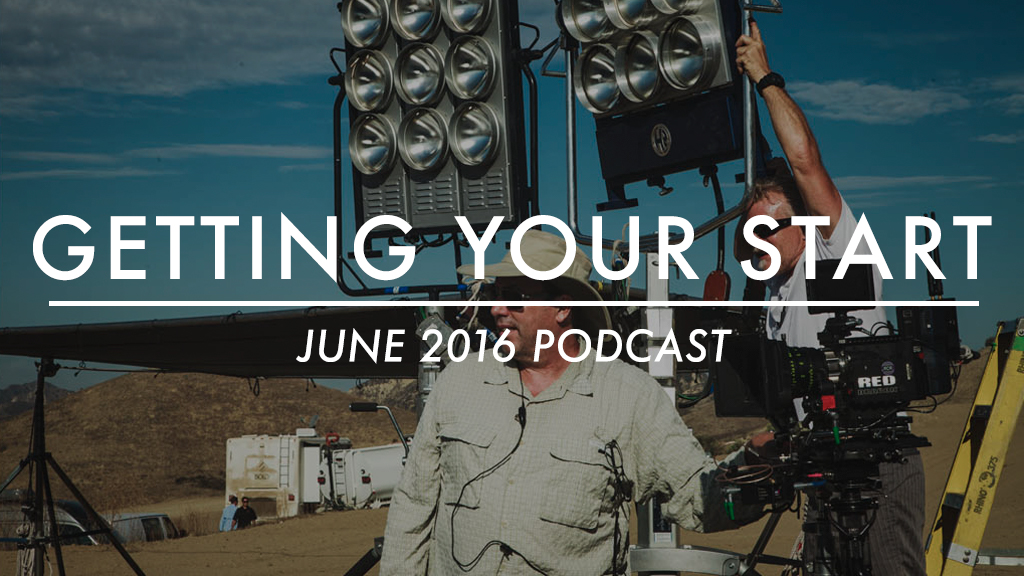
June 2016 Podcast – Business – Getting your Start
When I started out, it was all about working myself up the ladder. I talked about how I started as a grip truck driver and worked my way up to a DP. When I became a DP, I was hired by several of the directors who I worked with when I was working as a gaffer with another DP. When you’re coming up the ladder, it’s very important for you to emulate excellence so that people do not just see you as a gaffer or a key grip but see you as an amazing individual that is passionate as an artist as well. It was a seamless transition from when I went from a gaffer to a DP based on that kind of mantra.
The mindset of understanding and just working so hard.
Somebody asked me a question yesterday:
“Ok Shane, should I work for free?”
Well, let me start to calculate how many years I worked for free… Ok, in my 30+ years of being a filmmaker, from 1986 to now, I probably worked 4 and a half to 5 years for free. When I was starting out, it was all about getting deferred pay jobs. You signed a contract and if they made money after marketing and expenses, you would make your day rate…
Well, you never see that money –
ever.
You know it’s like all these crazy C and B movies where I was able to cut my teeth, where I could fail.
When you failed, you got reprimanded: “You should not have done that!” I’ll never forget the time I was doing this dolly move and I was all pumped up and it was like 104 degrees. We were working in a tin shed in Arizona in the summertime and everyone is just sweating. I’m using the dolly and I’m just dehydrated as hell. It was this intense dolly move that had 7 different marks and 5 different boom heights and I’m just trying to calculate it all – and I looked over to this person and I said:
“Dude, can you just get me a water – I’m dying here.”
And this guy looks at me…. This guy was a PA 4 weeks prior on another movie I did – probably Death Row Diner, but on this movie, he was the producer, ok? So the key grip comes up to me and he goes
“Dude. You just asked the Producer to get you a water.”
…and I said:
“Oh, Sorry. He was a PA getting water for me on Death Row Diner,
so.. you know…”
That’s what was so good about doing these movies because you could try things that you didn’t want. When I started shooting music videos, I mean, I would overexpose the sh*t out of it and just do really wacky stuff. Like, take for example Smashing Pumpkins – Cherub Rock.
I shot that music video in the middle of a forest in San Francisco on Mount Tamalpais. I shot that at night on 50 ASA Super 8 film stock. I exposed it, then took it back to my bathtub, processed it myself. I made my own lab in my bathtub, with the fixer and the developer. I’d speed it up and slow it down so that it would underexpose it and overexpose it and then I took the shit and just dragged it down my driveway.
And that’s what Cherub Rock is.
Cherub Rock (1993)
These are the kinds of things that you can do. You ask yourself, “Man, I wonder if this film can take the idea of just dragging this footage down the driveway?” And then, sure enough, it did.
When I did Filter, we did the same kind of thing. I said:
“What if I shoot this on 16mm and what if we make an internegative of it and then an interpositive and then an internegative and then an interpositive and then an internegative and then an interpositive… What’s that gonna look like?”
Well, once we did the first one it was looking really cool. Then we were like ahh… hit it two more times. And that’s what Hey Man Nice Shot is. It’s just intense color that bleeds and is kind of soft, but crisp as hell. These are the kind of things that you as an artist should do. You want to work for free. You want to put yourself out there and you want to fail… horribly sometimes, and pick yourself back up.
It really shapes who you are as an artist.
 Breaking Out of Your Shell and Into the Industry
Breaking Out of Your Shell and Into the Industry
Read Musicbed Interview Part 1 >>


